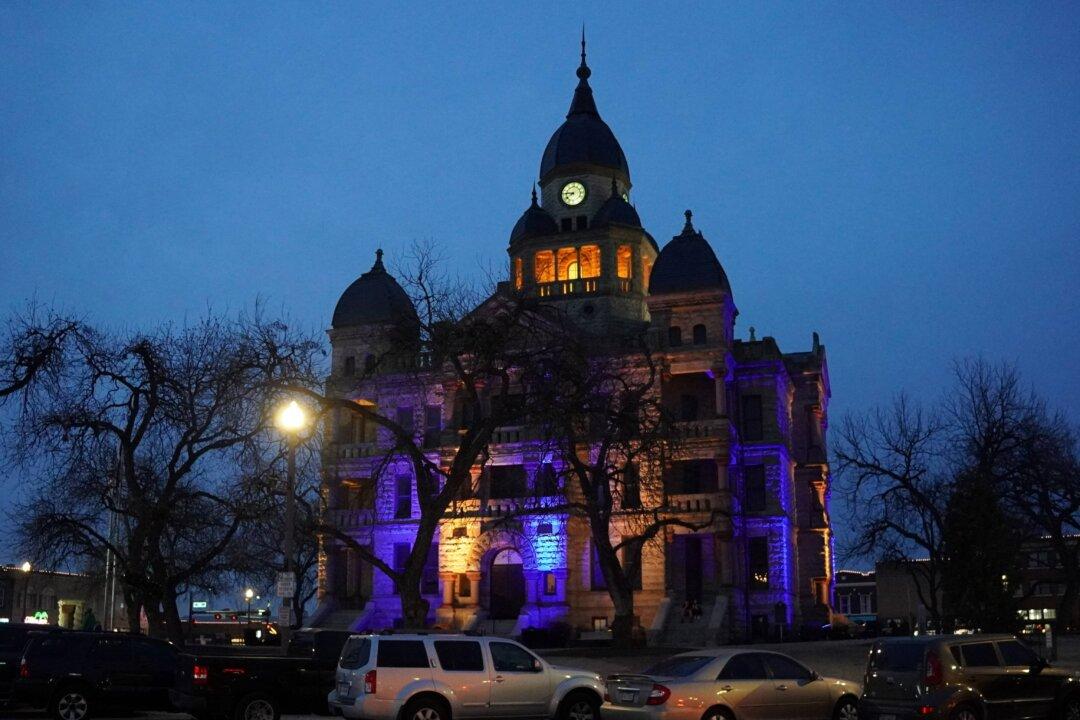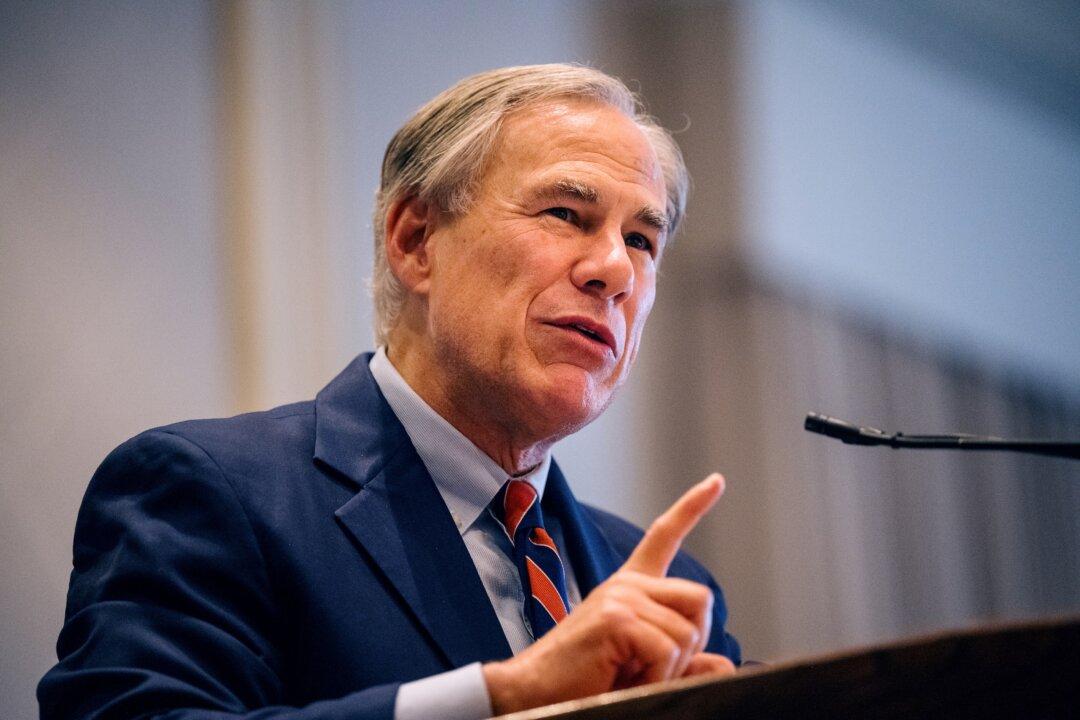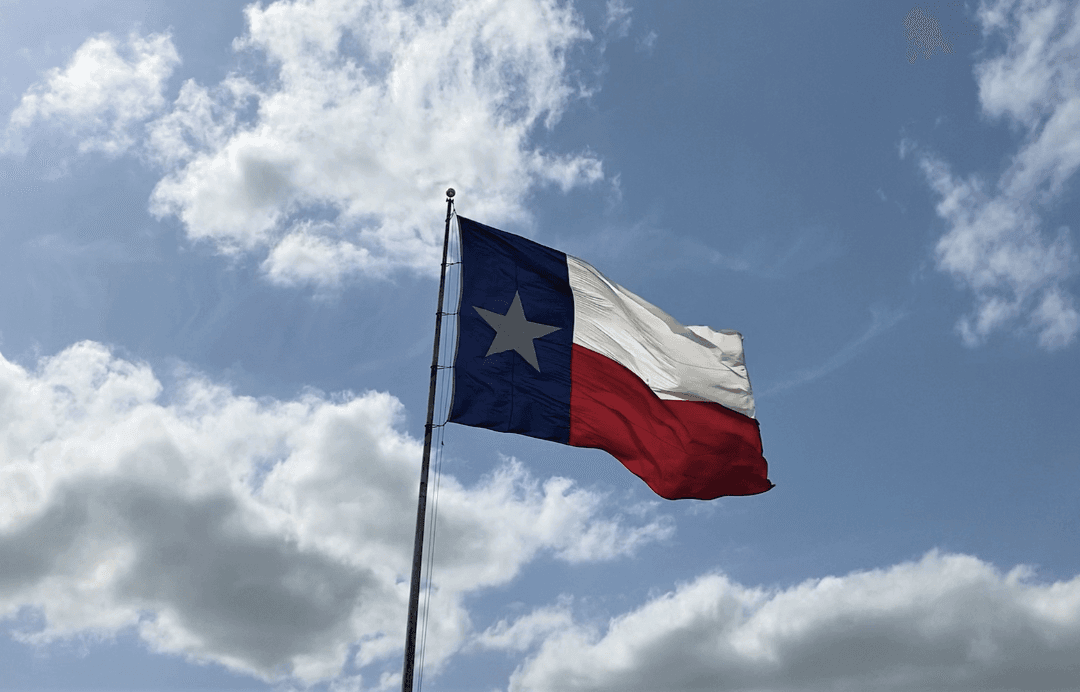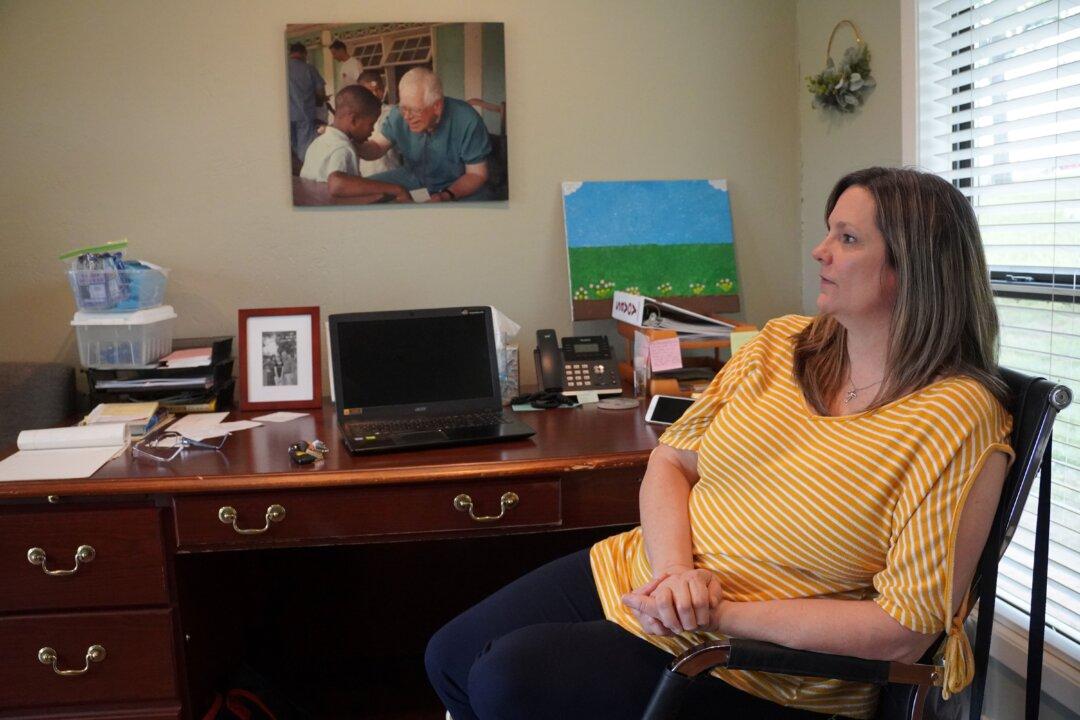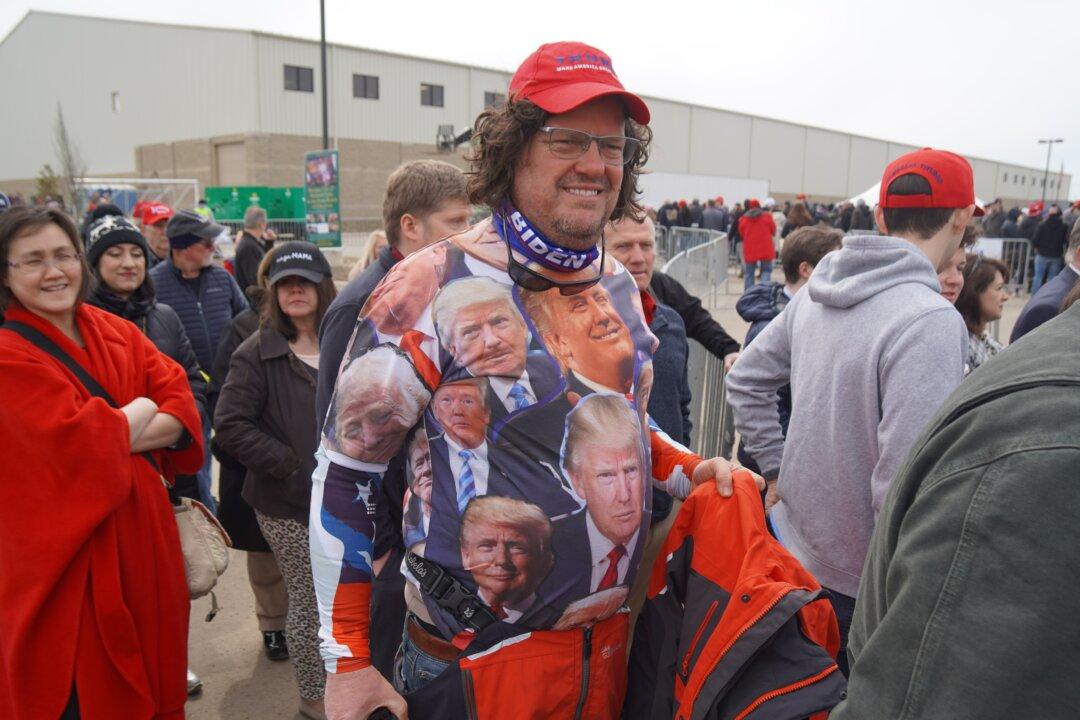In the much anticipated first primary of the 2022 election cycle in one of the nation’s most populated states, the platforms of both parties are being decided by a small percentage of voters.
Historically, primary elections in Texas have not seen a strong turnout in recent years and the March 1 primary continued that trend.
